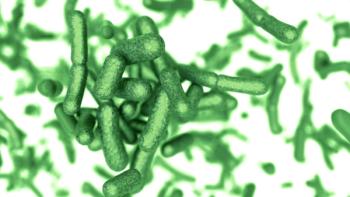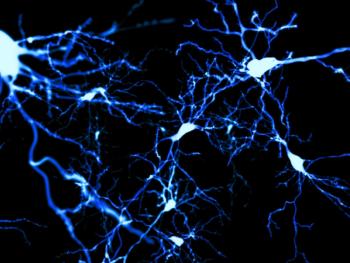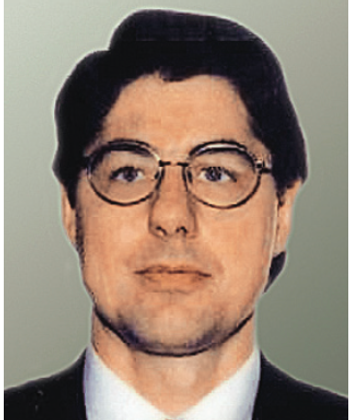
A simple colorimetric and fluorescent dual-channel chemosensor was designed and synthesized to identify Hg2+ in an aqueous solution with demonstrated high selectivity and sensitivity.

A simple colorimetric and fluorescent dual-channel chemosensor was designed and synthesized to identify Hg2+ in an aqueous solution with demonstrated high selectivity and sensitivity.

Time-resolved fluorescence spectroscopy reveals much about the structure-induced energy transfer mechanisms of phycobilisomes, the light-harvesting antenna in cyanobacteria.

Help for handling sample-specific concerns in spectrofluorometry.

In the second part of a three-part series, instrument-specific concerns that require modifications to reproduce fluorescence spectra accurately are addressed.

A novel hydrazone-based CN- fluorescent probe, HNT, is described here, and a study was done to see if it could show selective recognition of CN- ions.

Analysts using fluorescence emission and fluorescence excitation spectroscopy may encounter several common problems in their measurements. This tutorial, the first of a three-part series, provides a procedure to help avoid them.

Here, a series of developing methods is presented for locating and analyzing deeply buried late Pleistocene archaeological sites, which includes the initial investigation of the geomorphology of a potential archaeological site with a suite of analytical geochemical techniques.

Phosphogypsum can be used as an intermediary material to produce cement clinker. To monitor the quality of phosphogypsum cement, a novel molecular layer deposition X-ray fluorescence (XRF) analysis method using a glass frit was developed.

The “selective fluorescence quenching effects” of Fe3+ ions on carbon dots are examined to gain a more comprehensive understanding of the interactions of metal ions with a variety of fluorescent materials.

Tunable narrowband light sources are essential for measuring fluorescence, reaction energetics, and other challenging measurements in chemical, biological, and physical systems. In particular, the optical parametric oscillator (OPO) is an indispensable tool.

Chemistry can help us understand the past.






Glutathione (GSH) is an intracellular thiol that plays a major role in biological systems. Therefore, the development of effective probes that can detect GSH elicits significant attention.

This issue is a compilation of peer-reviewed articles on the subjects of fluorescence and the optical properties of materials.

Forensic traces are physical remnants of past events that provide critical information for criminal and civil investigations and adjudications. The scientific examination of traces is an incredibly valuable tool for forensic investigations, because the skilled interpretation of traces yields factual answers to a range of pertinent questions.

A novel method was developed for detecting Hg2+ in tobacco, with potential application to mercury detection in environmental water samples.

Our annual review of products introduced at Pittcon or during the previous year

Total reflection x-ray fluorescence (TXRF) spectrometry is an energy-dispersive x-ray technique that is used for elemental and chemical analysis, and is especially suitable for small-sample analyses. Ursula Fittschen, an assistant professor at Washington State University, is working on elemental microscopy and micro analysis. She has been using TXRF to analyze stainless steel metal release, and also airborne silver nanoparticles (NPs) from fabrics. Here, she describes the advantages and challenges of this technique.

Application of simultaneous absorbance and fluorescence excitation-emission matrix (EEM) analysis to identify and classify freshwater planktonic algal species. Main foci were two major potentially toxic cyanobacterial species associated with algal bloom events in the Great Lakes.

LabSpec 6 MultiWell module and HORIBA Raman systems enable non-destructive analysis with high throughput screening using arrayed sampling devices, automated sample movement, autofocus devices, and automated data acquisition to acquire spectra from hundreds of samples sequentially.

Time‐resolved Fluorescence can analyze potential health benefits from antioxidant activity of curcumin, found in turmeric. Curcuminoids, weakly fluorescent in aqueous solution, show quantum yield increases upon interaction with a protein, such as human serum albumin.